Carp are a bit like people in a great many senses. You get all types of shapes and sizes, with different characters, appetites and feeding habits.
What this means is there isn’t a single magical rig that will trip up every carp, in the same way as there isn’t single wonder bait that every carp will find irresistible. Good job to! Imagine how lacklustre and one dimensional the fine art of carp angling would become if there was.
The way a carp feeds is determined by a great many factors, not least of which is the nature of the lake bad and the volume, type, concentration and size of the bait that we are feeding them – and that is without taking into account the other variables that are outside our control (bait and bait application most certainly are one thing that we do determine).
Anyone that watches fish feeding on bait will understand why some fish are harder to catch than others. The manner in which some of them feed means that just getting a hook in their mouth is going to be difficult, unless they throw caution to the wind, go on a frenzied munch and make an uncharacteristic mistake.
It’s a basic fact that some of the trickiest fish to catch aren’t hard because they are cleverer than the others. I tend to think that most the time it’s just the way they feed because of the size and shape of their mouths and the angle at which the feed related to the lake bed.
Take this scenario for instance. A couple of the famous old carp on the Yateley complex would sometimes go very long periods of time without falling foul of an anglers trap but they both (Jumbo and Arfur Tail) had broadly similar shape bodies and mouths that largely account for the way they fed – in this with their lips consistently tight to the lake bed.
Now imagine putting a popup in front of a fish like that! No thanks…
If you’re using a pop up rig the bait is likely to be either shifted out the way as the carp snuffles along the lake bed browsing on food items or (as it’s likely to be at eye level) noticed it isn’t natural and ignored it. In the worst case scenario it’s possible that it may even unsettle the fish enough to make them very cagey! In which case they will feed even slower and more cautiously and then you’re really up the proverbial creek in terms of catching them!
Spodding in a mixture of small food items is extremely effective at holding fish on a spot for longer, as they feed harder and longer to clear up the freebies as the tasty little seeds and pulses settle into gaps in gravel or sink down into the silt a little bit. Just remember that using a bed of small baits only encourages the carp to feed with their mouths tight to the lake bed even more! This is really why, as a general rule, hookbaits fished right down on the lake bed will work better over beds of particle style baits.
When you’re fishing on waters with a high stock all this isn’t such a problem. In reality you’re still going to catch as the fish tend to feed together competitively. They’ll be snatching and sucking at food items that are on the lake bed and being wafted about due to the activities of all their hungry mates.
Don’t despair if you’re fishing somewhere that has a lower stock as the solution is simple just fish with your hookbait hard on the lake bed.
Though it sometimes feels like bottom bait rigs are more basic (they can be!) the reality is that you still need to tailor the lead arrangement and rig to make sure that the hookbait is presented effectively. Taking a little care whilst constructing your rigs will hopefully mean that when a fish does make a mistake and sucks in the hookbait you can be certain the hook will take hold and result in a fish on the bank. Happy Days!
So what are your options and where do you start?
Well the sky is the limit on rigs but there are some basic rules that may help you get a clearer idea of how you can get things right.
So first let’s consider the type of bait you want to use and the nature of the lake bed. This will probably dictate your lead set up and how long your hooklink will need to be to makes sure that it doesn’t disappear into sediment the second it settles on the lake bed.
At this stage may I be so bold as to offer a little constructive advice – it’s normally better to start longer. Why? Well because if the hooklink is a couple of inches too long at least it will be presented. If it is too short it is more likely to be compromised! It’s simple logic, but then again a lot of things in angling are…
If you suspect that the lake bed is soft it’s best to tailor your lead arrangement by using either the lightest possible lead on a lead clip with a longer hooklink or a helicopter rig with the back stop moved up at least a couple of inches higher than the depth of the sediment. This will help to keep you hookbait lying tantalisingly on the top of the lake bed.
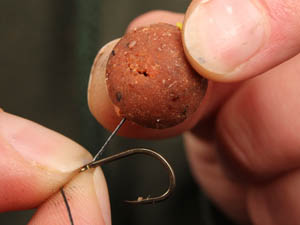
There is an exception to this though, and you may find it useful. Great big dirty gobstopper boilies! Fishing really big baits straight out the bag and fished in nice clean silt can be a devastating method – as the rig is normally hidden in the sediment and is so inconsequential in relation to the size and weight of the boilie. All the fish is doing is digging up nice big food items in a very natural manner and a rig hidden by silt is about the best camouflage you can possibly get!
If the lake bed is rock hard things are much simpler and you can construct you rig to maximise the hooking potential by going short with the hooklink. If you’re fishing over really clean gravel you can potentially go down as short as a 5cm, but if you do keep the hook bait close to the back of the shank on a really short hair to make sure that the hook is most likely to be inhaled by a feeding carp along with the hookbait.
Bottom baits rigs can vary from a nice simple knotless knotted piece of braid or monofilament – right the way through to stiff rigs made from memory free materials like our own Sure Flow or specialist stiff links like Trip Wire.
Which is best and which should you use?
Well if you can’t tie a decent stiff rig then there is little point in any angling writer telling you this is the be all and end all. A well tied ‘basic’ rig will always be better than a poorly tied ‘advanced’ one. It’s common sense. Use what you know works and change it when you have too and not when you don’t.
Hook bait mounting can play have an enormous bearing on the rigs effectiveness. Some rigs are well tried and tested. For instance having the hair coming from the bottom of the bend works well with bottom baits straight out the bag as the combined weight of the boilie and the action of the hook turning really helps nail the fish in the bottom lip.
All those little details and tweaks are going to work with bottom bait rigs – so don’t forget to add a bit of shrink tube or a Covert Hook Aligner to ensure the hook twists as soon as the hook link tightens, and always check your hook point. The hooks on bottom bait rigs are constantly in contact with the substrate on which you’re fishing so they need constant checking and a bit of TLC with a Point Doctor if need be.
I prefer balancing my hookbaits baits with bits of foam, cork inserts or snowmen rigs so the hook bait is slow sinking. The theory behind balanced baits us that when a fish sucks at them the hookbait tends to go further into the fishes mouth and therefore have a greater chance of hooking up. It also means that carp that are feeding carefully, attempting to suck baits gently into their lips to test can be caught out and surprised.
With this style of bait I really prefer D-rigs, the mechanics of which allow the hook to turn and swivel aggressively and take hold really effectively. The balanced bait tends to sit over the top of the hook bait effectively hiding it from view. What better camouflage can there be than that!
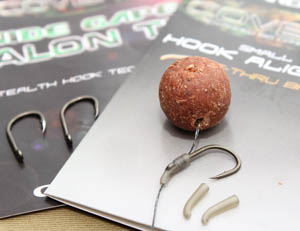
One final thing (before I forget) is the relationship between weed and topography and how your observations can help you decide when to use one over the other. On lakes with bottoms like egg boxes or weed tend to favour pop ups as the fish feed at different heights naturally, but if your lake is fairly flat and features without weed bottom baits will naturally work best. At least till the fish wise up then a change may be necessary.
Remember that a bottom bait is more natural – after all it’s mimicking all the other baits you fire in the lake and that’s what the fish are eating all the time.
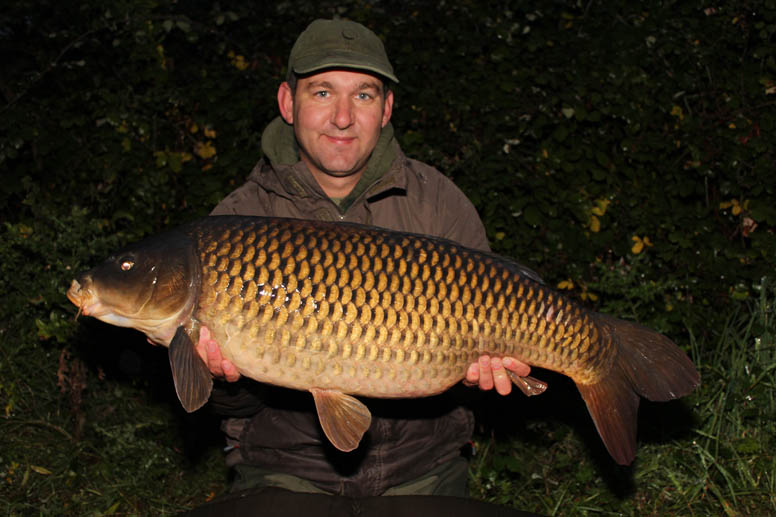


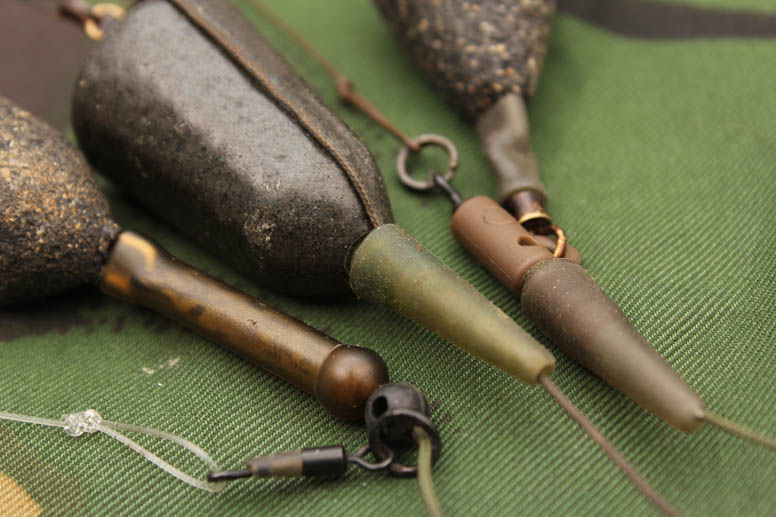
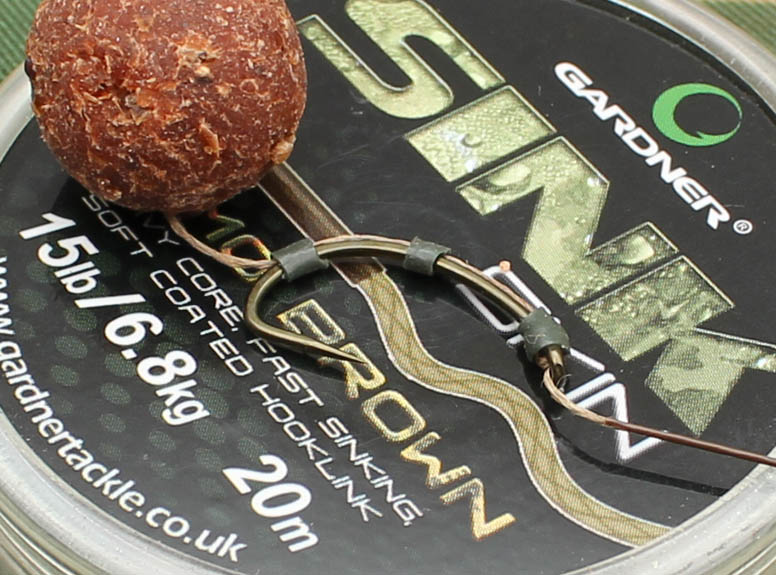
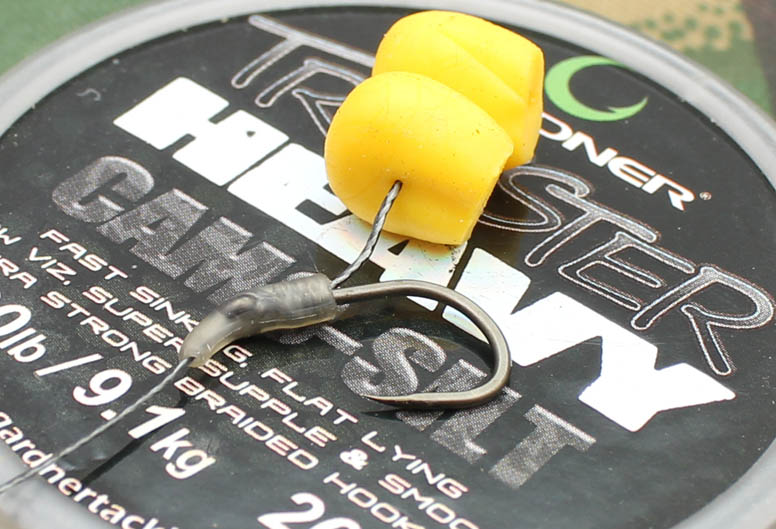
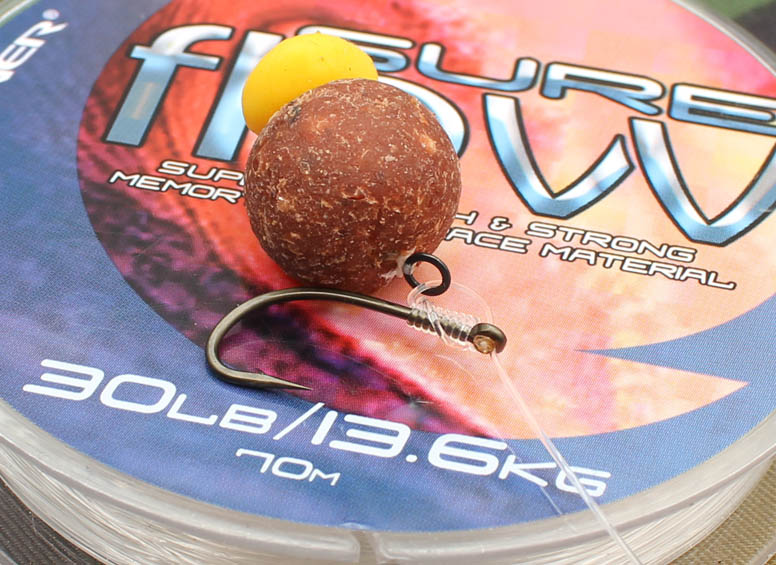
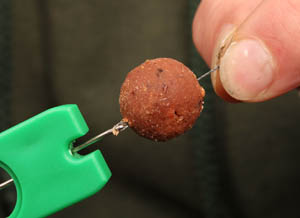
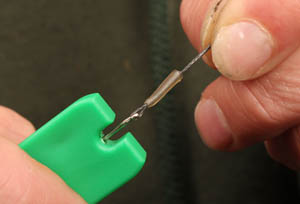
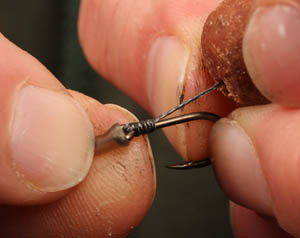
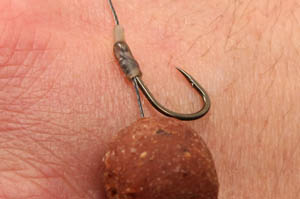


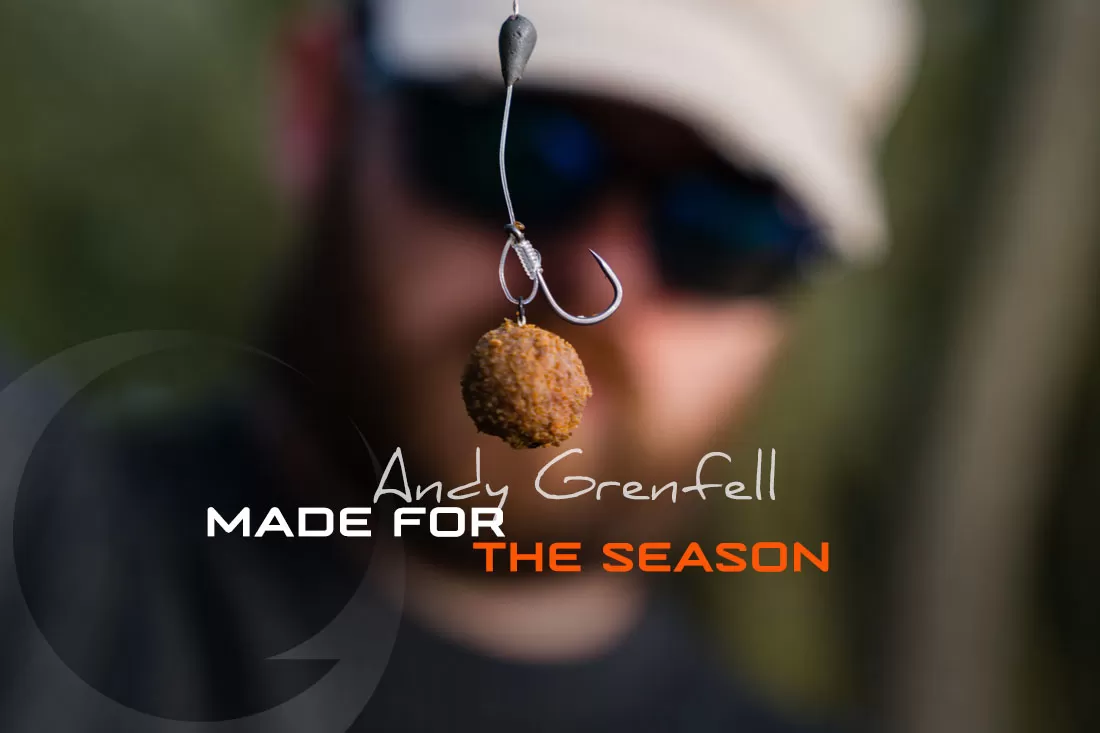
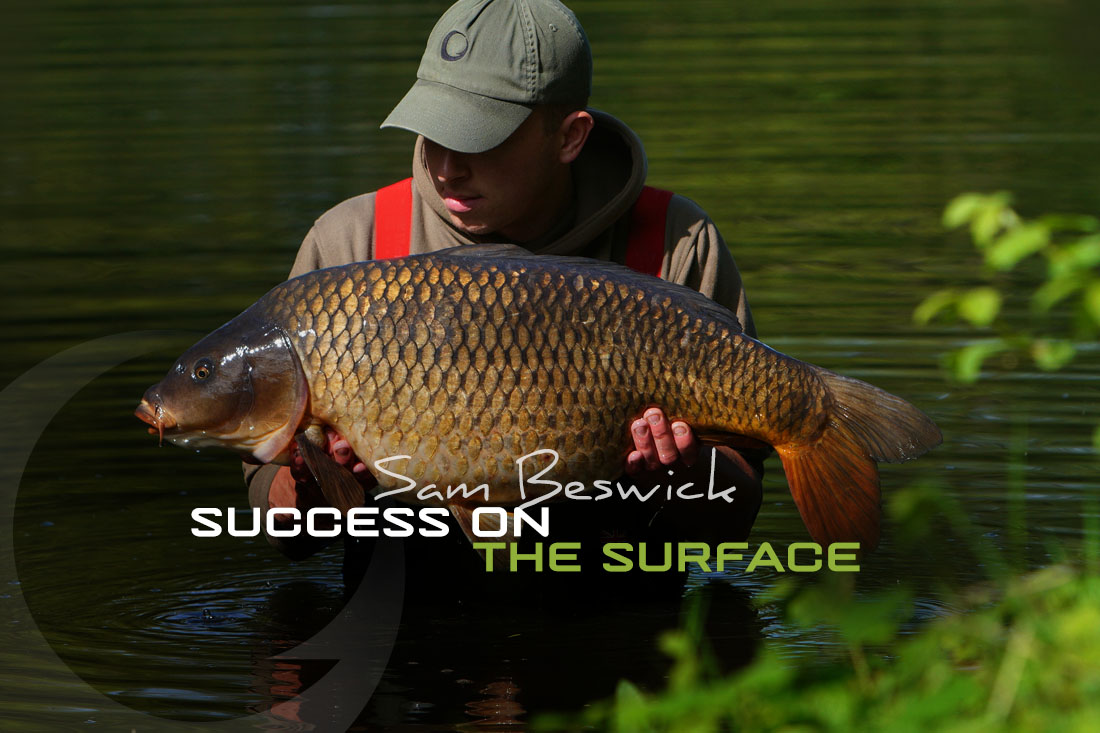

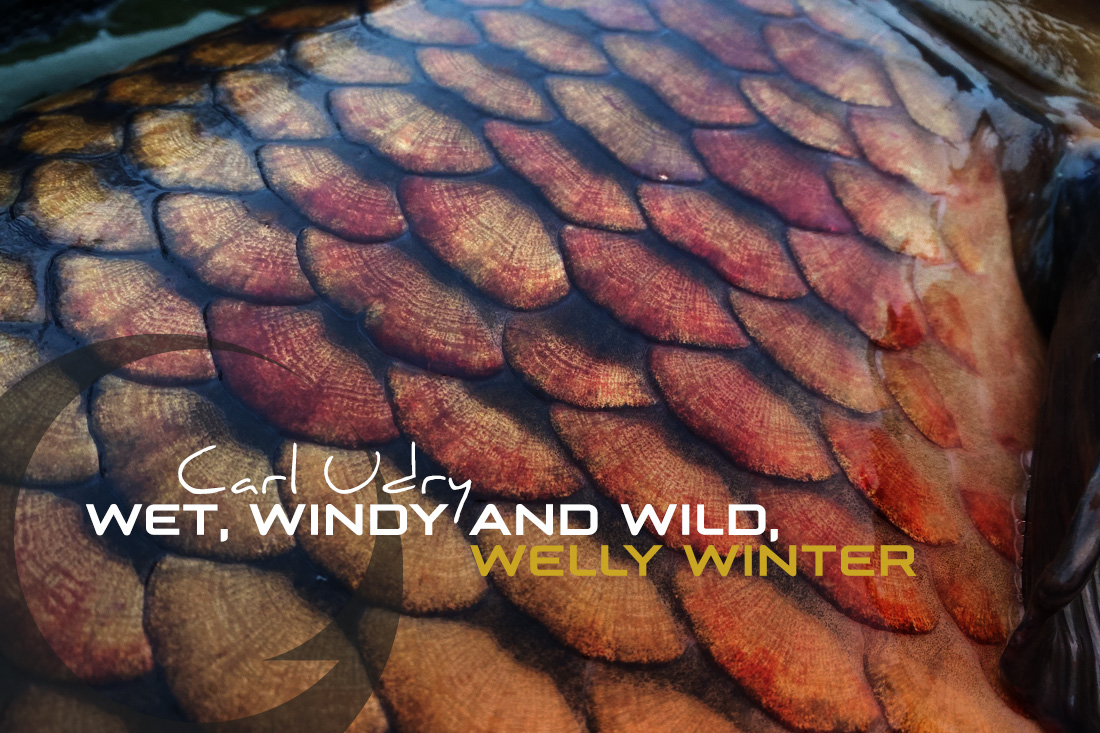
Leave A Comment
You must be logged in to post a comment.